The Role of Proactive Monitoring in Monitoring and Management of Cloud Servers
Proactive monitoring is a critical aspect of managing cloud servers, ensuring optimal performance, and minimizing potential issues. By continuously tracking and analyzing various performance metrics, organizations can identify trends, detect anomalies, and address problems before they escalate, leading to improved system reliability and reduced downtime. Proactive monitoring offers several benefits over reactive approaches. First, it enables organizations to detect and resolve issues before they impact end-users, thereby enhancing the overall user experience. Second, it allows for more efficient resource allocation, ensuring that cloud resources are utilized optimally and reducing unnecessary costs. Lastly, proactive monitoring contributes to a more secure cloud environment by identifying and addressing vulnerabilities in a timely manner.
Selecting the right monitoring tools and platforms is essential for effective proactive monitoring. These tools should offer features such as customizable dashboards, real-time alerts, and integration with other management systems. Key factors to consider when choosing a monitoring solution include scalability, customization, and ease of use. Popular monitoring tools for cloud servers include Nagios, Zabbix, and Datadog, among others.
In addition to selecting the right monitoring tools, it is crucial to establish effective alerting and incident response strategies. Alerts should be configured to notify the appropriate team members based on the severity and nature of the issue. Escalation procedures should also be in place to ensure that incidents are addressed promptly and efficiently. By implementing well-designed alerting and incident response systems, organizations can minimize the impact of potential issues and maintain high levels of system availability.
In conclusion, proactive monitoring plays a vital role in the monitoring and management of cloud servers. By continuously tracking performance metrics, selecting the right monitoring tools, and implementing effective alerting and incident response strategies, organizations can ensure optimal performance, minimize downtime, and maintain a secure and reliable cloud environment.

Selecting the Right Monitoring Tools for Your Cloud Servers
When it comes to managing cloud servers, selecting the right monitoring tools and platforms is crucial for ensuring optimal performance and minimizing potential issues. With a wide range of options available, it is essential to compare features, pricing, and ease of use to find the best solution for your organization. Popular monitoring tools for cloud servers include Nagios, Zabbix, and Datadog, among others. Nagios is an open-source tool that offers customizable dashboards, real-time alerts, and integration with other management systems. Zabbix is another open-source tool that provides scalability and customization options, making it suitable for large-scale cloud environments. Datadog is a cloud-based monitoring platform that offers real-time visibility into cloud resources, as well as integration with popular cloud providers such as Amazon Web Services (AWS) and Microsoft Azure.
When choosing a monitoring solution, there are several key factors to consider. Scalability is essential for managing large-scale cloud environments, ensuring that the monitoring tool can handle increasing amounts of data and resources. Customization is also important, allowing organizations to tailor the monitoring solution to their specific needs and requirements. Integration capabilities are another critical factor, enabling seamless integration with other management systems and tools.
Ease of use is also a crucial consideration when selecting a monitoring tool. A user-friendly interface and intuitive navigation can help reduce the learning curve and enable faster adoption. Pricing is another important factor, with organizations needing to balance cost and functionality to find the right solution.
In addition to these factors, it is essential to consider the monitoring tool’s ability to provide real-time visibility into cloud resources. Real-time monitoring enables organizations to detect and address issues promptly, minimizing the impact on system performance and availability.
In conclusion, selecting the right monitoring tools and platforms is essential for effective monitoring and management of cloud servers. By comparing features, pricing, and ease of use, and considering factors such as scalability, customization, and integration capabilities, organizations can find the right monitoring solution for their cloud environment. Real-time monitoring is also crucial for detecting and addressing potential issues promptly, ensuring optimal performance and minimizing downtime.
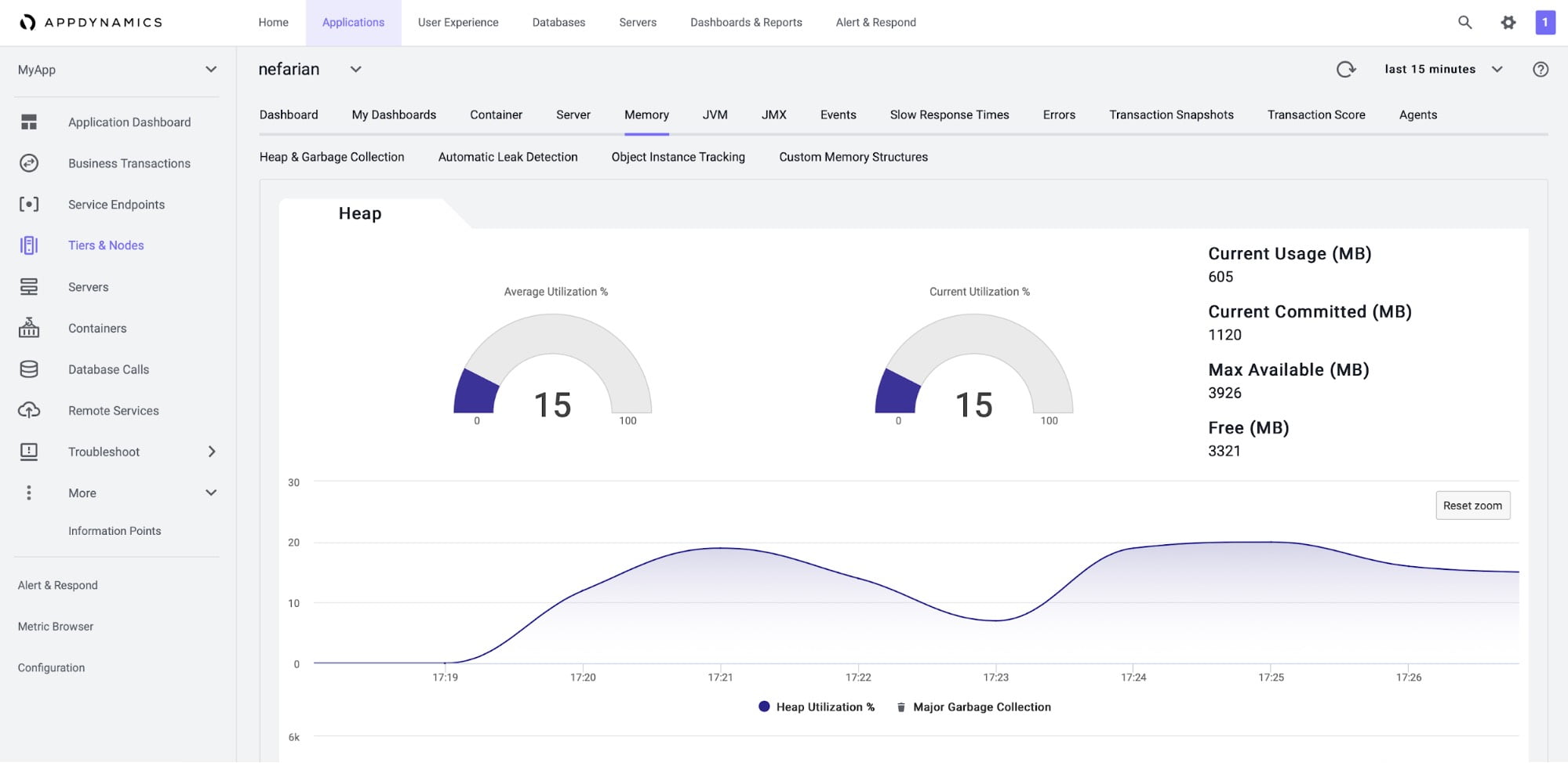
Implementing Effective Alerting and Incident Response Strategies
Effective alerting and incident response strategies are crucial for minimizing the impact of potential issues in cloud server environments. Proactive monitoring, which involves continuous monitoring of cloud resources, can help identify potential issues before they become critical. However, it is equally important to have a robust incident response plan in place to address issues promptly and effectively. Best practices for configuring alerts include setting up thresholds for resource utilization and performance metrics, and defining trigger conditions for alerts. It is also essential to categorize alerts based on severity and priority, and to establish escalation procedures for prompt resolution.
When configuring alerts, it is important to strike a balance between sensitivity and specificity. Overly sensitive alerts can lead to alert fatigue, where team members become desensitized to alerts and may miss critical issues. On the other hand, overly specific alerts may result in missing important issues.
In addition to configuring alerts, it is essential to establish clear incident response procedures. This includes defining roles and responsibilities, establishing communication protocols, and defining escalation procedures. It is also important to regularly review and update incident response plans to ensure they remain effective and up-to-date.
Coordinating response efforts among team members is also crucial for effective incident response. This includes ensuring clear communication, assigning tasks and responsibilities, and tracking progress towards resolution. Collaboration tools such as chat platforms and project management tools can help facilitate effective communication and collaboration.
In conclusion, implementing effective alerting and incident response strategies is essential for minimizing the impact of potential issues in cloud server environments. By configuring alerts based on severity and priority, establishing clear incident response procedures, and coordinating response efforts among team members, organizations can ensure prompt and effective resolution of issues, minimizing downtime and ensuring optimal performance and security of cloud resources.
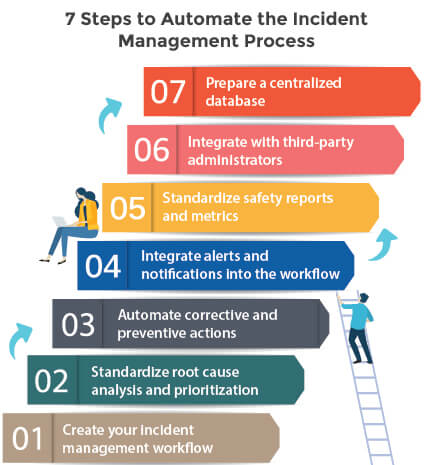
How to Leverage Log Analysis for Cloud Server Management
Log analysis is a critical component of cloud server management, providing valuable insights into system behavior and enabling organizations to identify trends, detect anomalies, and troubleshoot issues. By analyzing log data, organizations can gain a deeper understanding of their cloud server environments and optimize performance, security, and cost efficiency. Log data can provide a wealth of information about system behavior, including user activity, system events, and performance metrics. By analyzing this data, organizations can identify trends and patterns, detect anomalies and potential issues, and troubleshoot problems.
There are a variety of log analysis tools and techniques available, ranging from basic command-line tools to sophisticated analytics platforms. Popular log analysis tools include ELK Stack (Elasticsearch, Logstash, and Kibana), Splunk, and Sumo Logic.
When selecting a log analysis tool, it is important to consider factors such as scalability, customization, and integration capabilities. Scalability is critical for handling large volumes of log data, while customization allows organizations to tailor the tool to their specific needs. Integration capabilities are also important, as they enable organizations to integrate log data with monitoring and alerting systems for a more comprehensive view of their cloud server environments.
In addition to selecting the right log analysis tool, it is essential to establish best practices for log analysis. This includes defining clear objectives for log analysis, establishing data retention policies, and ensuring data security and privacy.
Integrating log data with monitoring and alerting systems can provide a more comprehensive view of cloud server environments, enabling organizations to detect and respond to issues more quickly. By correlating log data with performance metrics and other system data, organizations can gain a more complete understanding of system behavior and identify potential issues before they become critical.
In conclusion, log analysis is a critical component of cloud server management, providing valuable insights into system behavior and enabling organizations to optimize performance, security, and cost efficiency. By selecting the right log analysis tool, establishing best practices for log analysis, and integrating log data with monitoring and alerting systems, organizations can gain a more complete understanding of their cloud server environments and proactively address potential issues.
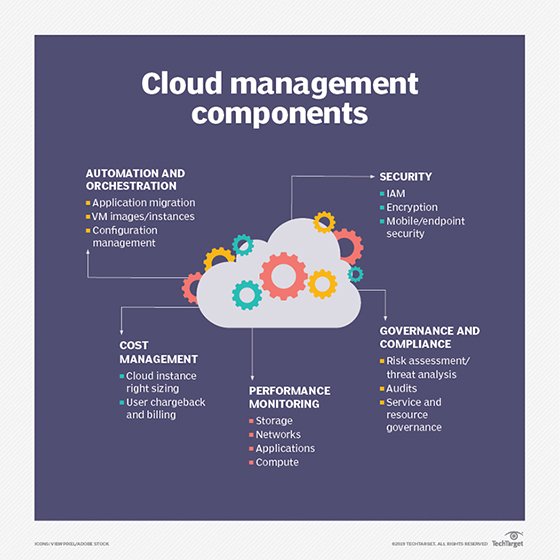
Best Practices for Cloud Server Capacity Planning and Resource Optimization
Capacity planning and resource optimization are critical components of cloud server management, ensuring that organizations can meet the demands of their users while minimizing costs and maximizing efficiency. By implementing effective capacity planning and resource optimization strategies, organizations can ensure optimal performance, prevent downtime, and reduce waste. Capacity planning involves forecasting future resource requirements and ensuring that the necessary resources are available to meet those demands. This includes monitoring resource utilization and performance metrics, identifying trends and patterns, and making data-driven decisions about resource allocation.
Resource optimization involves ensuring that resources are being used efficiently and effectively. This includes strategies such as load balancing, auto-scaling, and right-sizing. Load balancing involves distributing workloads across multiple resources to ensure that no single resource is overwhelmed. Auto-scaling involves automatically adding or removing resources based on demand. Right-sizing involves selecting the appropriate resource type and size for specific workloads.
When implementing capacity planning and resource optimization strategies, it is important to regularly review resource utilization and performance metrics. This includes monitoring metrics such as CPU utilization, memory usage, network traffic, and storage capacity. By regularly reviewing these metrics, organizations can identify trends and patterns, detect anomalies, and make data-driven decisions about resource allocation.
Effective capacity planning and resource optimization also require collaboration between different teams and stakeholders. This includes working closely with development teams to understand application requirements, as well as with operations teams to ensure that resources are being used efficiently.
In addition to these strategies, there are a variety of tools and platforms available to help with capacity planning and resource optimization. Popular tools include CloudHealth by VMware, Cloudability, and ParkMyCloud. When selecting a tool, it is important to consider factors such as scalability, customization, and integration capabilities.
In conclusion, capacity planning and resource optimization are critical components of cloud server management. By implementing effective strategies and using the right tools, organizations can ensure optimal performance, prevent downtime, and reduce waste. By regularly reviewing resource utilization and performance metrics, collaborating with different teams and stakeholders, and using the right tools, organizations can achieve optimal performance, security, and cost efficiency in their cloud server environments.
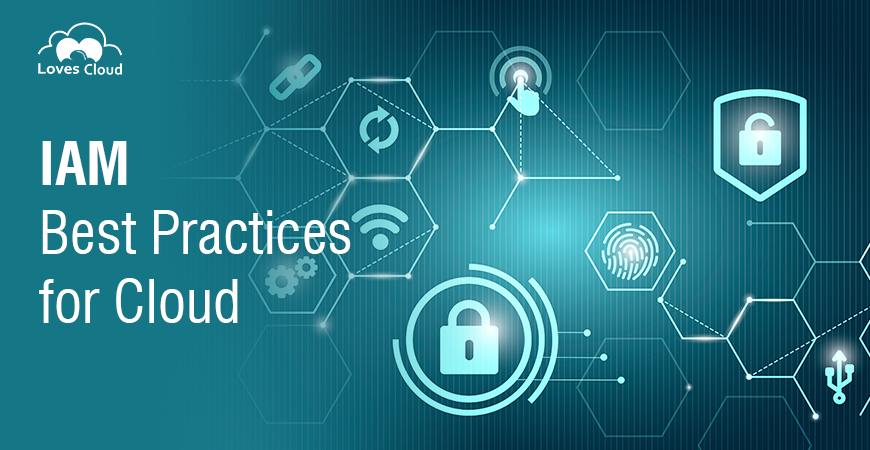
Security Considerations for Cloud Server Management
Cloud server environments present unique security challenges that organizations must address to ensure the confidentiality, integrity, and availability of their data and applications. By implementing effective security strategies and using the right tools, organizations can mitigate these challenges and maintain a secure cloud infrastructure. One of the most important security considerations for cloud server management is securing cloud resources. This includes implementing access controls, such as multi-factor authentication and role-based access control, to ensure that only authorized users can access cloud resources. It also includes encrypting data at rest and in transit to protect against unauthorized access and data breaches.
Another critical security consideration is protecting data. This includes implementing data backup and disaster recovery strategies to ensure that data can be recovered in the event of a disaster or data loss. It also includes implementing data loss prevention (DLP) measures to prevent data exfiltration and ensure that sensitive data is not inadvertently shared or exposed.
Access controls and data protection are just two of the many security considerations for cloud server management. Others include network security, application security, and compliance. Network security involves implementing firewalls, intrusion detection and prevention systems, and other measures to protect against network-based attacks. Application security involves securing applications running in the cloud, including implementing secure coding practices, vulnerability assessments, and penetration testing. Compliance involves ensuring that cloud infrastructure and applications meet industry-specific regulations and standards, such as HIPAA, PCI-DSS, and GDPR.
When it comes to selecting security tools for cloud server management, there are a variety of options available. Popular tools include security information and event management (SIEM) systems, cloud access security brokers (CASBs), and security orchestration, automation, and response (SOAR) platforms. When selecting a tool, it is important to consider factors such as scalability, customization, and integration capabilities.
In addition to selecting the right tools, it is important to establish effective incident response procedures. This includes setting up alerting and notification systems to quickly detect and respond to security incidents. It also includes establishing escalation procedures and coordinating response efforts among team members.
When it comes to cloud security, compliance is also a critical consideration. Compliance regulations and standards require organizations to implement specific security measures and report on their compliance status. Staying up-to-date with industry best practices and regularly reviewing compliance status is essential to maintaining a secure cloud infrastructure.
In conclusion, security is a critical consideration for cloud server management. By implementing effective security strategies, using the right tools, and establishing incident response procedures, organizations can mitigate the unique security challenges associated with cloud server environments. By regularly reviewing compliance status and staying up-to-date with industry best practices, organizations can maintain a secure and compliant cloud infrastructure.

Continuous Improvement: Lessons Learned from Cloud Server Management Case Studies
Monitoring and management of cloud servers is an ongoing process that requires continuous improvement to achieve optimal performance, security, and cost efficiency. By learning from real-world examples of successful cloud server management initiatives, organizations can apply best practices and innovative strategies to their own cloud environments. One such example is a leading e-commerce company that implemented a proactive monitoring and alerting system for their cloud servers. By using a combination of monitoring tools and custom scripts, the company was able to detect potential issues before they became critical and minimize downtime. The system included custom alerts for specific performance metrics, such as CPU utilization and network latency, and automated escalation procedures to ensure that the right team members were notified in a timely manner.
Another example is a healthcare provider that implemented a log analysis solution to detect anomalies and troubleshoot issues in their cloud server environment. By using machine learning algorithms to analyze log data, the provider was able to identify trends and detect potential security threats. The solution also included integration with the provider’s monitoring and alerting systems, allowing for real-time notifications and automated response procedures.
A financial services company implemented a capacity planning and resource optimization strategy to ensure efficient use of cloud resources. By using load balancing, auto-scaling, and right-sizing techniques, the company was able to reduce costs and improve performance. The strategy included regular reviews of resource utilization and performance metrics, as well as automated scaling policies based on business needs.
These case studies highlight the importance of continuous improvement in cloud server management. By implementing proactive monitoring and alerting systems, log analysis solutions, and capacity planning and resource optimization strategies, organizations can achieve optimal performance, security, and cost efficiency.
When it comes to selecting monitoring and management tools, there are a variety of options available. Popular tools include cloud-specific monitoring solutions, such as AWS CloudWatch and Azure Monitor, as well as third-party tools, such as Nagios and Zabbix. When selecting a tool, it is important to consider factors such as scalability, customization, and integration capabilities.
In addition to selecting the right tools, it is important to establish effective incident response procedures. This includes setting up alerting and notification systems to quickly detect and respond to potential issues. It also includes establishing escalation procedures and coordinating response efforts among team members.
When it comes to cloud security, compliance is also a critical consideration. Compliance regulations and standards require organizations to implement specific security measures and report on their compliance status. Staying up-to-date with industry best practices and regularly reviewing compliance status is essential to maintaining a secure cloud infrastructure.
In conclusion, continuous improvement is key to achieving optimal performance, security, and cost efficiency in cloud server management. By learning from real-world examples and implementing best practices and innovative strategies, organizations can stay ahead of the curve and maintain a competitive edge. By regularly reviewing compliance status and staying up-to-date with industry best practices, organizations can maintain a secure and compliant cloud infrastructure.
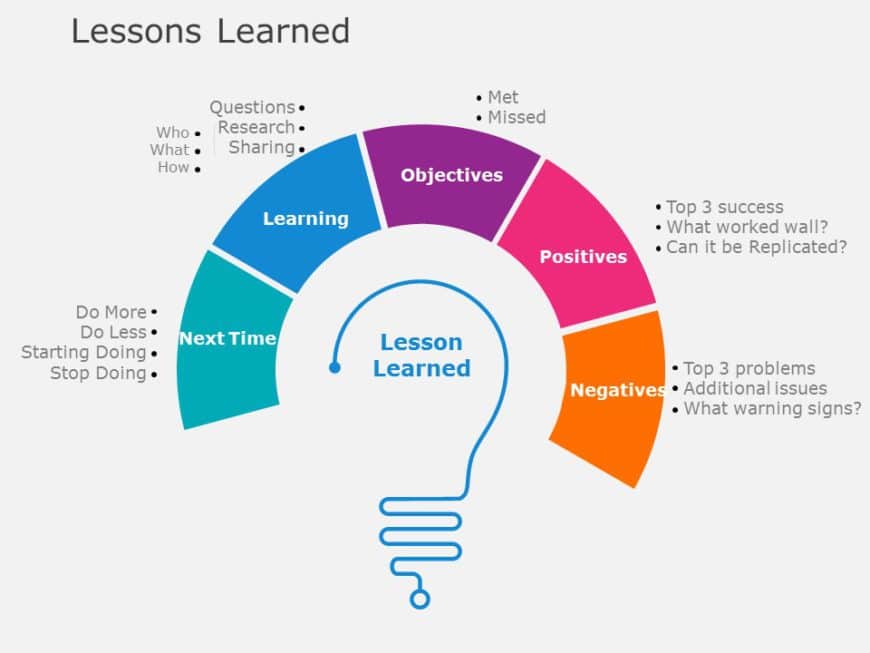
The Future of Cloud Server Management: Trends and Innovations
The landscape of cloud server management is constantly evolving, with new trends and innovations emerging regularly. By staying up-to-date with these developments, organizations can stay ahead of the curve and maintain a competitive edge. One such trend is the adoption of AI-powered monitoring and management tools. These tools use machine learning algorithms to analyze data and identify potential issues before they become critical. By automating the monitoring and management process, organizations can reduce costs and improve performance. However, it is important to note that AI-powered tools require careful configuration and monitoring to ensure accuracy and prevent false positives.
Another trend is the increasing popularity of containerization technologies, such as Docker and Kubernetes. Containerization allows for the creation of lightweight, portable application environments that can be easily deployed and managed across different cloud platforms. By using containerization, organizations can improve agility, scalability, and resource utilization. However, containerization also introduces new security challenges, such as the risk of container escapes and image vulnerabilities.
Serverless architectures are also gaining traction in cloud server management. Serverless architectures allow organizations to build and deploy applications without having to manage servers or infrastructure. By using serverless architectures, organizations can reduce costs, improve scalability, and accelerate development cycles. However, serverless architectures also introduce new challenges, such as the need to manage cold starts and the potential for vendor lock-in.
When adopting new technologies, it is important to carefully consider the potential benefits and challenges. Organizations should conduct thorough risk assessments and pilot projects before fully committing to new technologies. It is also important to stay up-to-date with industry best practices and compliance requirements.
In addition to adopting new technologies, organizations can also improve their cloud server management by implementing best practices and innovative strategies. This includes continuously monitoring and analyzing performance and security data, implementing effective alerting and incident response systems, and regularly reviewing capacity planning and resource optimization strategies.
By staying up-to-date with emerging trends and innovations, organizations can maintain a competitive edge and achieve optimal performance, security, and cost efficiency in their cloud server management. By continuously monitoring and analyzing performance and security data, implementing effective alerting and incident response systems, and regularly reviewing capacity planning and resource optimization strategies, organizations can stay ahead of the curve and maintain a secure and compliant cloud infrastructure.

